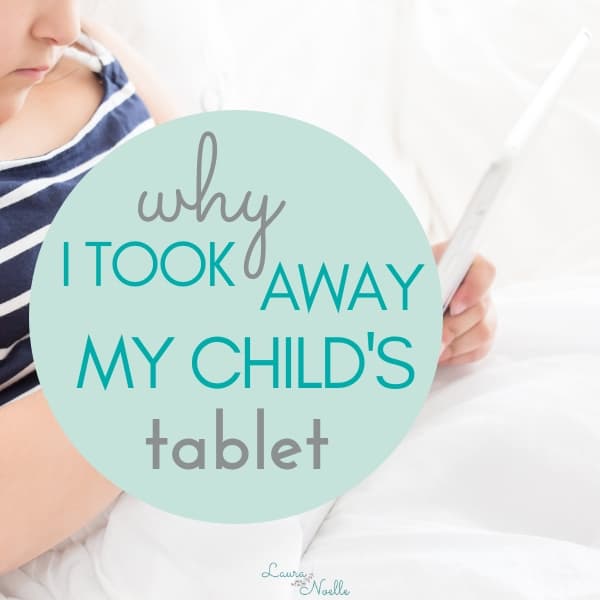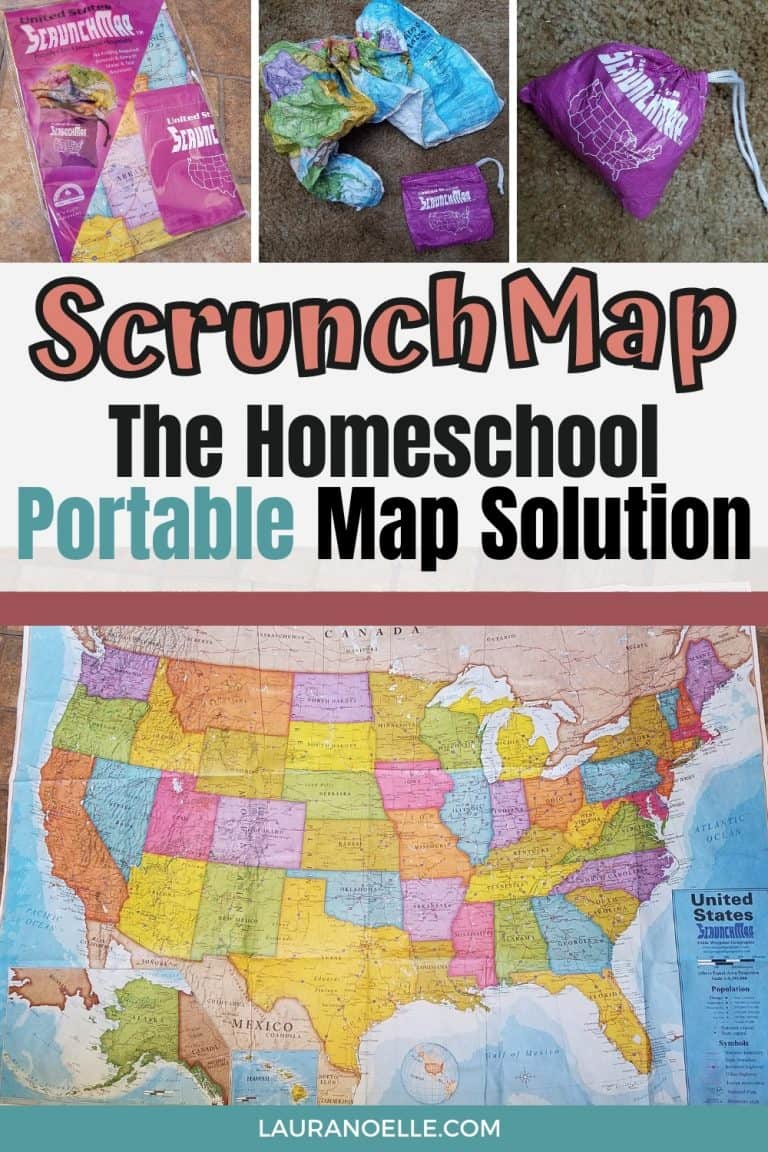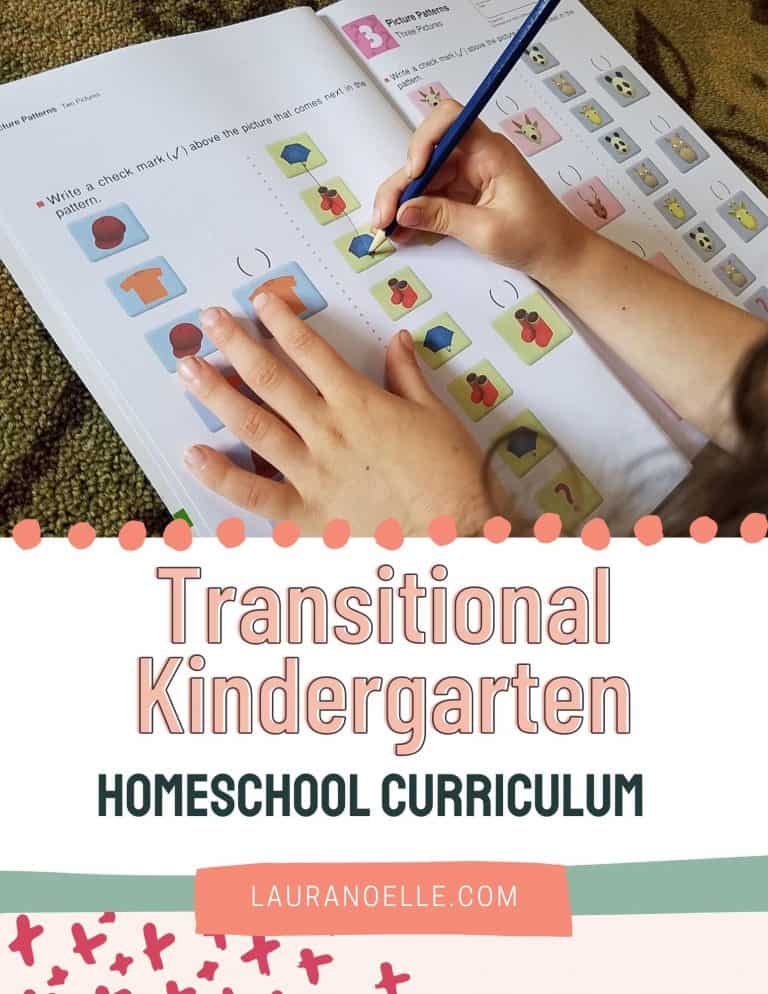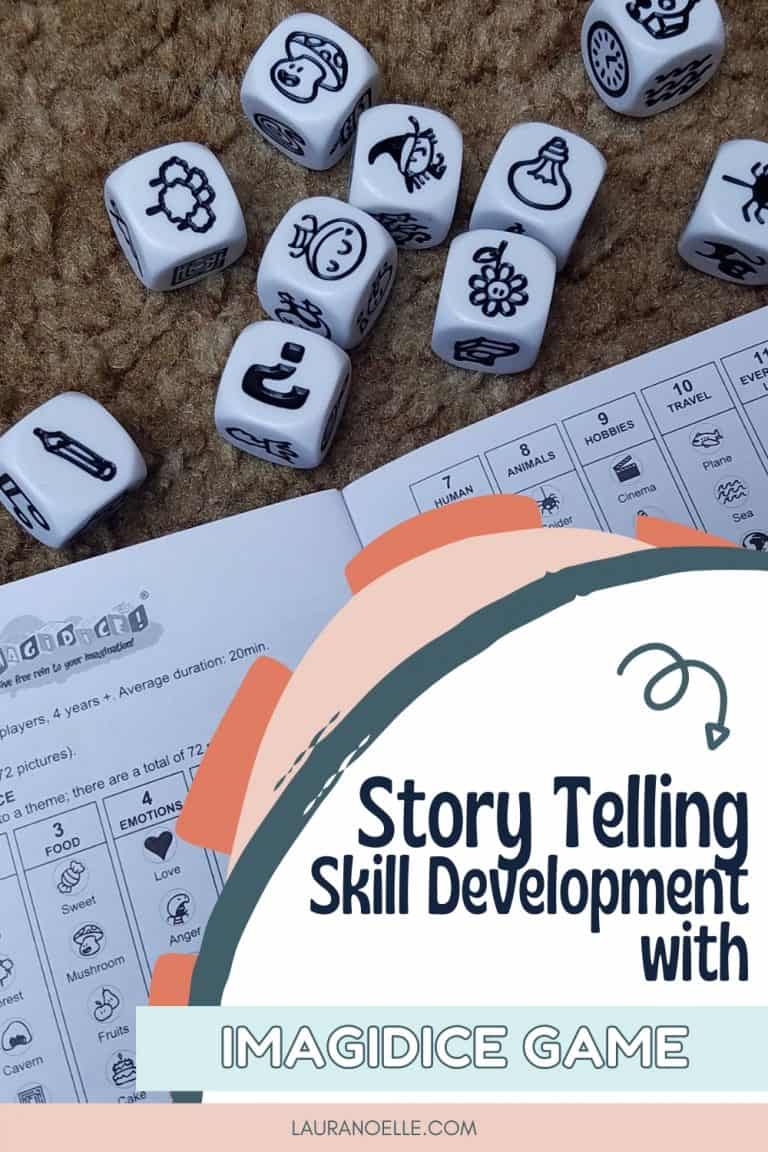Getting Ready to Start Your New Homeschool Year: The Physical Reset That Actually Sticks
This post may contain affiliate links, which means I may receive compensation if you make a purchase using one of these links.
Does organizing curriculum and supplies feel like moving mountains? Physical chaos can drain your energy before you even start teaching. Here’s how to create family-proof systems that work—even with real kids and real life.

When Your Homeschool Space Makes You Want to Quit
Does getting ready for a new homeschool year feel a little bit like moving mountains?
If the thought of organizing new curriculum, wrangling supplies, and somehow keeping it all neat and “family-proof” makes you want to quit before you start… take a deep breath. You are not alone.
The physical chaos—curriculum everywhere, supplies scattered, half-used workbooks stuffed in random places, that never-ending mess—can drain your energy and make you doubt whether you’re even cut out for this. And Mama, I’ve been there. I’ve sat on my office floor, surrounded by piles of books and papers, wondering how other moms make it look so effortless.
But here’s what I’ve learned after years of trial and error (and yes, plenty of tears): there’s a better way. And I promise, it’s not about perfection or having a Pinterest-worthy setup. It’s about family-proof systems that actually work—even with real kids, real interruptions, and real life happening all around you.
Today I’m sharing the exact steps, mindsets, and little stories from my own homeschool journey that will help you set up your space so you can start the year feeling calm, clear, and actually excited about teaching your kids.
Because Mama, your homeschool deserves more peace. And so do you.
The Real Reason Your Homeschool Space Stays Chaotic
The number one thing I hear from homeschool moms—year after year—is the overwhelm that comes with organizing curriculum and supplies. You finally get that big box of curriculum or snag all the fresh notebooks at the back-to-school sales, but then what?
Where does it all go?
How do you keep it neat when little hands are grabbing, mixing, and—let’s be honest—sometimes losing things as fast as you tidy them? And for goodness sake, how do you actually set up a system where your kids can find what they need when they need it AND put it away when they’re done?
Here’s my honest perspective after coaching so many homeschool moms: Kid-friendly, independent systems are the key.
You don’t need complicated bins or a color-coded system that only works if you’re standing over everyone all day. Research shows that children learn organizational skills best through visual cues and clear boundaries—but most traditional “organizing advice” ignores how kids actually think and move through space.
The truth? Kids are incredibly visual learners, and most children do not naturally separate things into individual categories unless you help them by making it labeled and super easy. You need systems that work for real families, and that means making things as simple as possible—for your kids and for you.
The Systems That Actually Stick (For Real)
Let me share what’s worked for us—and the moms I’ve coached through this exact struggle:

1. The Rolling Cart Revolution
We tried the “books on a shelf” thing for years. And honestly? I was always putting the schoolbooks back on the shelf, and it drove me nuts. They were constantly out of order and it took a frustrating amount of time to find what I was looking for.
Sound familiar?
I’d had enough—and that was when I decided to try rolling curriculum carts. I have never looked back.
Now, each child has their own 10-drawer rolling cart, labeled for each subject: language arts, math, history, science, and so on. The top drawer is designated “School Supplies”—with dollar store drawer organizers to keep pencils, erasers, glue sticks, and scissors neat and accessible.
The carts sit right by each child’s desk—easy to access during lessons, and just as easy to put away when we’re done. No more “homeless” books scattered across the dining table. No more piles that migrate from room to room. No more excuses about not knowing where things belong.
The day my kids started putting away their own books without being told… that was my victory moment. That’s when I knew we had a system that sticks.
Why this works: Rolling carts create clear boundaries. Each child owns their space, and everything has a designated home. When cleanup time comes, there’s no confusion about where things go.

2. The Teacher Toolbox Game-Changer
All those little supplies—paper clips, rubber bands, glue sticks, push pins, stickers—they need a home, or they’ll end up as a giant mess in the bottom of a drawer. Trust me, I learned this the hard way.
If you dump everything into one bin or large drawer, it’s guaranteed to become a disaster. Within a week, you’ll be digging through a pile of tangled rubber bands trying to find a working glue stick.
So I use a teacher toolbox with individual labeled drawers for each type of supply. One drawer for pencils and pens. Another for erasers and sharpeners. One for paper clips and brads. You get the idea.
Those individual compartments make it so easy for everyone to find what they need, and—just as important—put it back where it belongs. It’s a simple system that has saved me countless hours and eliminated so much daily stress.
Pro tip: Let your kids help label the drawers. When they’re part of creating the system, they’re more likely to maintain it.
3. The Sacred Teacher Shelf
Every homeschool mom needs a “teacher shelf”—and this one is non-negotiable.
This can be a shelf at your desk, a spot in your office, or a corner of a cabinet. Just make it your own. Store your teacher’s guides, handbooks, lesson plans, reference books—anything you don’t want mixed up with the kids’ daily materials.
This is also where I keep books for my kids that we’ll use later in the year, so there’s no confusion about which book they’re working in now versus what comes next. Having these materials separated eliminates the daily question of “Which math book am I supposed to use?”
Make it off-limits to your kids, and use your daily reset time to keep it straightened up. This becomes your command center—the place where you can think clearly and plan effectively.
4. The Container Concept for Curriculum
This one is close to my heart, because I know how painful it can be.
Cleaning out unused curriculum is emotionally difficult. I’ll be the first to admit it. That unused curriculum represents all our hopes and dreams. It’s the “ideal” homeschool mom we thought we’d be, the perfect lessons we imagined teaching, the learning adventures that looked so good in the catalog.
But here’s what I’ve learned: holding onto curriculum “just in case” often creates more stress than relief.
Here’s my best advice:
- Pick ONE shelf or bin as your “someday” container
- When it’s full, it’s full—no more squeezing in “just one more thing”
- Keep only the curriculum you truly believe you’ll use in the next year
- Let the rest go—donate it, bless another family, pass it on
The relief and mental space you’ll create is so worth it. I’ve gone through this process many times, and it gets easier each time.
Remember this: You’re not failing by letting go—you’re making space for what matters now.
Busting the Myths That Keep You Stuck
Let’s address the lies that make this whole process feel impossible:
Myth #1: “I have to organize everything perfectly before we start.”
The truth? No, mama, you don’t. Start simple, aim for “good enough,” and know you can tweak things as you go.
Perfectionism is the enemy of progress. I’ve seen too many moms spend weeks organizing and reorganizing, only to feel defeated when it doesn’t stay perfect. Your goal isn’t magazine-worthy—it’s functional and sustainable.
Myth #2: “If I keep every curriculum, I’ll use it someday.”
The reality? Most of us never do. Research on decision fatigue shows that having too many options actually decreases our ability to make good choices. That pile of “someday” curriculum isn’t giving you options—it’s stealing your mental energy.
And here’s what no one tells you: the emotional weight of seeing those unused materials only adds guilt and overwhelm to your daily life.
Myth #3: “Good systems are complicated and expensive.”
The truth? The best systems are usually the simplest ones. A rolling cart from Target and some dollar store bins will often outperform an elaborate custom setup because they’re easier to maintain.
Remember: Progress over perfection. Always.
Your Simple Starting Point (When You’re Overwhelmed)
If you’re completely overwhelmed right now, here’s your first step:
Set up your new curriculum and give it a home.
Rolling cart, storage bin with a handle, or a shelf by the desk—pick what works for your space and budget. The key is making sure it’s simple enough for your child to use without constant help from you.
We want to foster independence and take the “Where does this go?” decision off your daily list.
Why start here? Because when you see your new curriculum organized and ready, it gives you an instant win. It tells your brain, “I’ve made progress!”—and relieves that mental weight that’s been dragging you down.
Don’t get stuck trying to declutter everything first. Set up your new materials, call it good enough for now, and then tackle sorting supplies or old curriculum one small area at a time.
The 5-Minute Reset That Changes Everything
Here’s my favorite routine for keeping things under control all year long:
At the end of each school day, set a timer for 5 minutes and get the whole family involved.
Turn on music, sing a song, recite a verse—whatever suits your family’s personality. Then go around the space together: put away books, return materials to the toolbox, clear off desks, throw away trash, take any toys that wandered in back to their proper rooms.
It’s not about perfection—it’s about starting the next day with a space that feels ready and peaceful.
This tiny daily habit prevents the kind of overwhelming mess that makes you want to throw in the towel. And here’s the beautiful part: when your kids help create the system, they take ownership of maintaining it.
One mom I coached told me, “The 5-minute reset saved my sanity. My kids actually remind ME when we forget to do it!”
The Mindset Shift That Makes It All Work
Here’s what I want you to remember as you set up your homeschool space:
You don’t need perfect systems. You need family-proof ones.
Perfect is the enemy of done. Perfect is the enemy of peace. Perfect is what keeps you scrolling Pinterest instead of actually making progress.
Your goal isn’t to impress other homeschool moms or create an Instagram-worthy classroom. Your goal is to build a space that supports learning, reduces daily friction, and gives you more energy for what really matters—actually teaching and enjoying your kids.
Give yourself grace. Let go of what isn’t working. Celebrate the small wins. And remember that every bit of progress counts, even if it doesn’t feel like enough yet.
You’re not building a magazine spread. You’re building a homeschool that works for your real family, in your real house, with your real kids who have real personalities and real needs.
And that—right there—is not just enough. It’s exactly what your family needs.
Your Next Simple Step
Let’s recap the family-proof systems that actually work:
- Rolling carts for individual curriculum storage
- Teacher toolbox for small supplies
- Sacred teacher shelf for your planning materials
- Container concept for managing curriculum overflow
- 5-minute daily reset routine
Choose one—just one—to implement this week. Don’t try to do it all at once.
Start simple. Celebrate every small win. And remember—your homeschool deserves peace, and so do you.
Ready to clear the chaos and create simplicity that sticks? Download my free “Homeschool Simplicity Staples” guide for the exact tools and supplies I recommend to get your homeschool organized without the overwhelm. These are the 6 sanity-saving essentials I swear by to bring calm, clarity, and control to your day—fast.

Because mama, you don’t need more stuff. You need the right systems. And you deserve a homeschool space that supports you instead of stealing your peace.
Don’t miss Part 2 of this series next week, where we’ll tackle the mental and emotional reset for your new homeschool year—because organizing your space is only half the battle.







